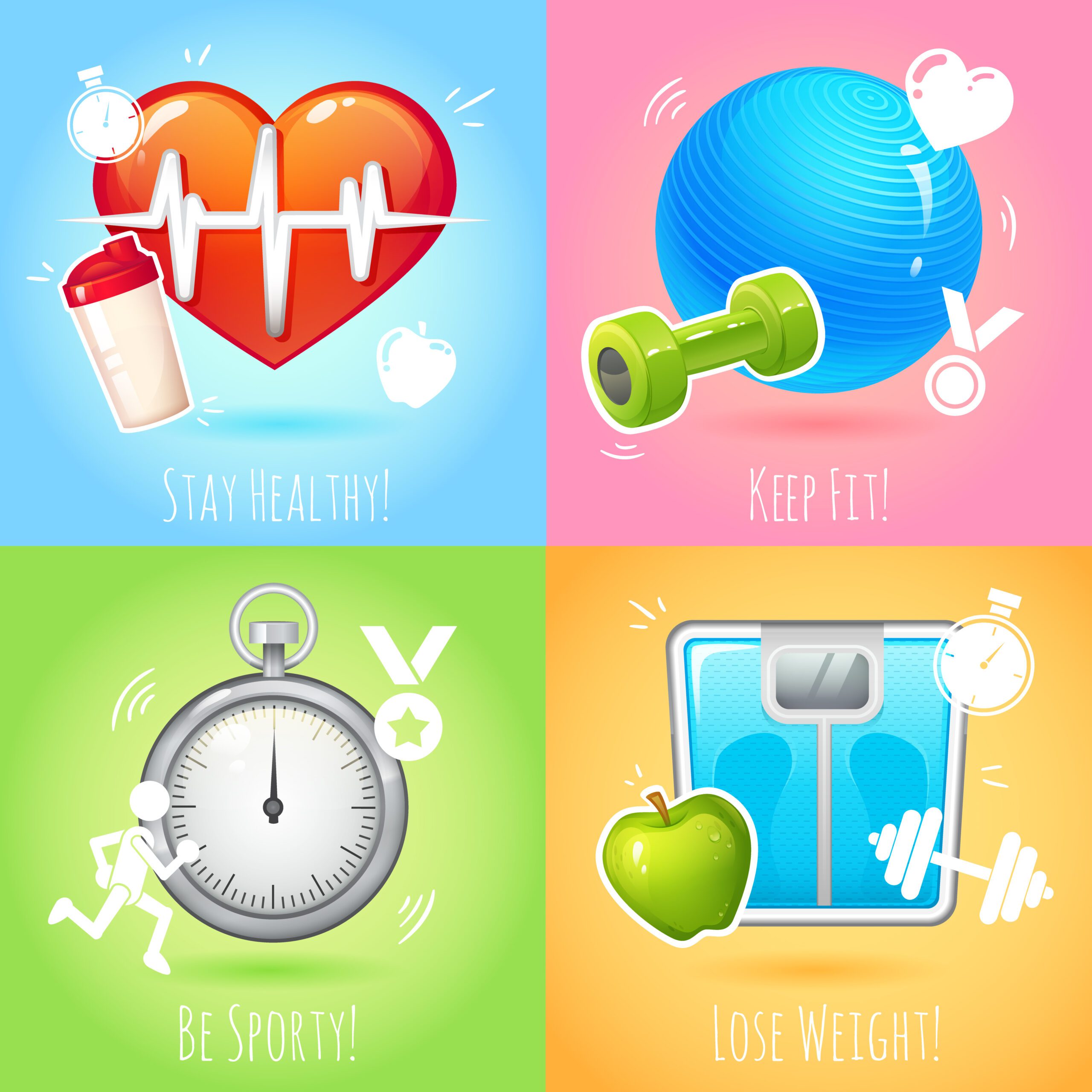
Staying fit is important at any age, but as you get older, you need to keep your body active and your muscles strong to stave of age-related declines. And while you may not be able to lift the heavier weights or run as far as you did in your youth, you must keep moving and stick to a regular fitness routine to strengthen your immune system and make it easier to recover from illnesses.
If you find it more and more challenging to exercise as you get older, try these tips.
Spread exercise around: You don’t have to hit the gym for hours at time to lose weight and stay in shape. Ideally, thirty minutes of exercise a day will keep you in excellent health (an hour is recommended if you need to shed a few pounds). The good news is you can spread that exercise throughout the day. Take ten minutes in the morning to lift light weights (even two pound dumbbells can make a difference), go for a brisk 15-minute walk after lunch, and walk the dog after dinner, and you’ll easily meet your 30-minute minimum.
Stick to a schedule: If you can find time to eat, brush your teeth, and pay your bills then you can find time to exercise. Write exercise “reminders” into your calendar at least three times a week to start. Once you get used to keeping those appointments, gradually add a few more to your schedule until you’ve devoted at least three-and-a-half hours a week to exercise.
Don’t be so hard on yourself: You want to be fit, but you don’t need to become a fitness fanatic to reap the healthy rewards. Workout burnout—when you push yourself too hard and experience injuries and illness as a direct result—is one of the main reasons why most people abandon their regular fitness routines.
Start out easy and build up your strength and endurance and you’ll be more likely to stick with your routine and enjoy improvements.
Find the right workout for you: If you hate to run, then why are you struggling to drag yourself out of bed to do laps around the park? There are dozens of ways to exercise, so you shouldn’t feel like you have to do one particular thing to get the results you want. Don’t give into the temptation of doing the same routine as your friends, either. If you enjoy it, then great, but what works for them won’t necessarily work for you. And if you find yourself skipping more workouts, that’s a sure sign that you don’t like the workout enough to commit to it. Instead, try different things—new equipment, different classes—and don’t be afraid to step outside of your comfort zone until you find a workout for your interests and abilities.
Set up a home gym: Working out at home is the best way to avoid the “I don’t have time” excuse: when everything you need is on hand, you can sneak in exercise even on your busiest days. Equipping your gym can cost anywhere from less than $100 to several thousand, depending on your budget. For the older adult, light free weights or bands are ideal. Be sure to put the weights away when they’re not in use to avoid tripping over them or breaking a toe!
If you’re interested in staying young, agile and healthy, getting regular exercise is one of the best ways to do just that!

A new study suggests that a widely used sugar substitute found in diet sodas, chewing gum, and low-sugar yogurt may elevate insulin levels. This could increase the long-term risk of heart disease. “Artificial sweeteners have infiltrated nearly all types of food, making it crucial to understand their long-term health effects,” said Yihai Cao, senior author […]

Diet Coke has long been a fan-favorite among soda lovers who want a fizzy, guilt-free alternative to traditional soft drinks. While its zero-calorie, zero-sugar label makes it seem like a healthier option, the reality is far more concerning. Despite its undeniable popularity, Diet Coke’s nutritional profile has raised red flags among health experts for years. […]

New study shows that embracing an anti-inflammatory, plant-forward diet can support cognitive function and help reduce the risk of dementia. What You Eat Shapes Your Brain The food you eat doesn’t just impact your body—it also affects your brain. Research suggests that eating an anti-inflammatory, plant-based diet can help improve memory, focus, and overall brain […]